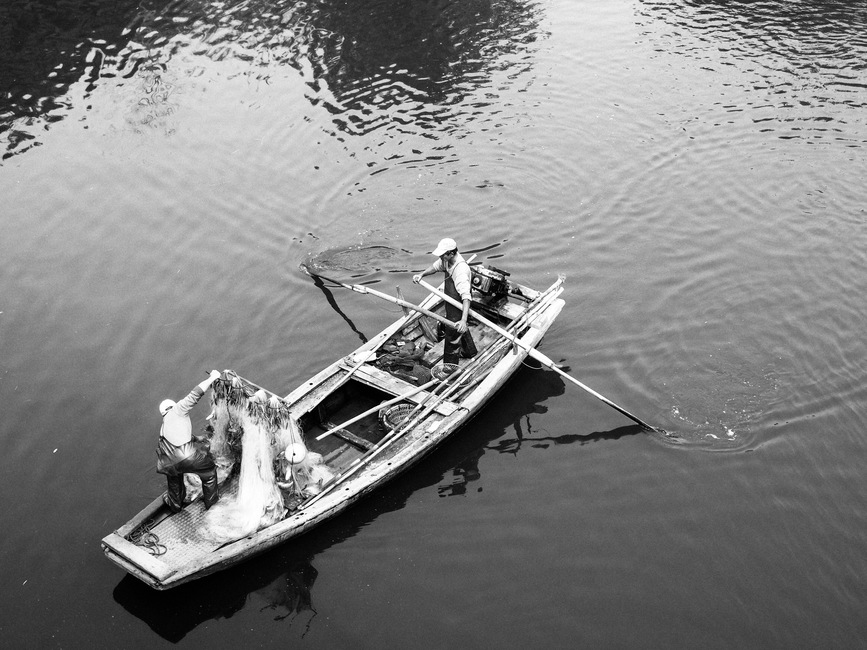 5 Seafood Gems to Harvest From Your Palmetto Boat
5 Seafood Gems to Harvest From Your Palmetto Boat
Both a thrill to catch and a delicacy at our tables, fresh seafood is one of life’s greatest pleasures. There are several seafood gems you can harvest very easily. All you need is your Palmetto boat and access to a coast, and you have that right here in beautiful Palmetto!
Here are 5 seafood gems to harvest from your boat:
-
Lobsters
While lobsters love to hide, you can spot them if you know what to look for—just keep your eyes peeled for their long antennae!
Keep in mind that each lobster must have a minimum 3-inch-long carapace, which verifies they’ve reproduced for at least one season. Make sure to check the lobster’s underbelly for a bright orange sac; this means the lobster is pregnant and off limits.
Once you catch a legal lobster, preserve it on ice or in a livewell. Fresh water will drown them.
Harvest Time: A mini season on the final consecutive Wednesday and Thursday of each July or from Aug. 6–March 31
Limit: Six lobsters per diver
-
Scallops
Grab your snorkeling gear and a mesh bag, and you’re ready to harvest scallops! These are best harvested in water that’s 4–8 feet deep, where natural springs meet open bays.
Scalloping is perfect for the novice hunter. Once you spot its fan-shaped shell and blue eyes, dive down, cup it with your hand and transfer it to your mesh bag. Place them on ice between snorkeling sessions. Then, you can remove the succulent white meat or wait to return to a dock to be cleaned.
Harvest Time: June 25–Sept. 24
Limit: 2 gallons of scallops in the shell or 10 gallons per vessel, per day
-
Stone Crabs
Choose to catch crabs by either dropping a crab cage from your boat deck or jump in the water to hunt them. Of course, jumping down in the water with them calls for more brave crabbers ready for some combat with the clawed creatures.
First, drop your stone crab traps in the water with a buoy attached, so you can know where to return when you check them every couple of days. When you go to check them, wear heavy gloves. Stone crabs must not be bearing eggs, and their claws must be 2¾ inches long. Remove the claw by twisting the “wrist,” then toss it back for it to regenerate. While both claws can be removed, it’s recommended by the Florida Fish and Wildlife Conservation Commission to remove only one so that the other claw can quickly regenerate.
Once the claws are removed, store them in a livewell or empty cooler. Ice is not recommended since this will cause the meat to stick to the shell later
Harvest Time: Oct. 15–May 15
Limit: Five pre-baited traps per person; 1 gallon of harvested claws per person, per day or 2 gallons per vessel
-
Shrimp
A simple recreational activity for any age, shrimping is easily accomplished with a submersible light (or headlamp), dip net and a bucket to store the captured shrimp.
Loads of shrimp are best caught at night, but they’re also found during full moons, outgoing tides and near bridges.
When you spot the glowing shrimp eyes with your light, just scoop ‘em up with your net!
Harvest Time: Shrimps can be harvested mostly year-round, with the exception of Nassau, Duval, St. Johns, Putnam, Flagler and Clay counties closed during April and May.
Limit: No size limit; 5 gallons of heads-on shrimp, per harvester per day ( the limit is also 5 gallons per vessel, per day regardless of the amount of crewmembers aboard your boat)
-
Oysters
Harvest these gems at low tide. Since they’re mainly stationary creatures, harvesting them hardly requires any skill. It’s the shucking process that really requires precision! Wade in the water or sit aboard your boat; all you need is a tool to chip the oysters off of its surface and a heavy pair of gloves to grab ahold of their sharp shells. Transfer them to a bucket, shuck ‘em with a short-bladed knife, and dinner is served!
Of course, do make sure they are 3 inches in length—the legal harvesting size.
Harvest Time: Depending on your county, June–September is off-season
Limit: Two 60-pound buckets per person or per vessel
